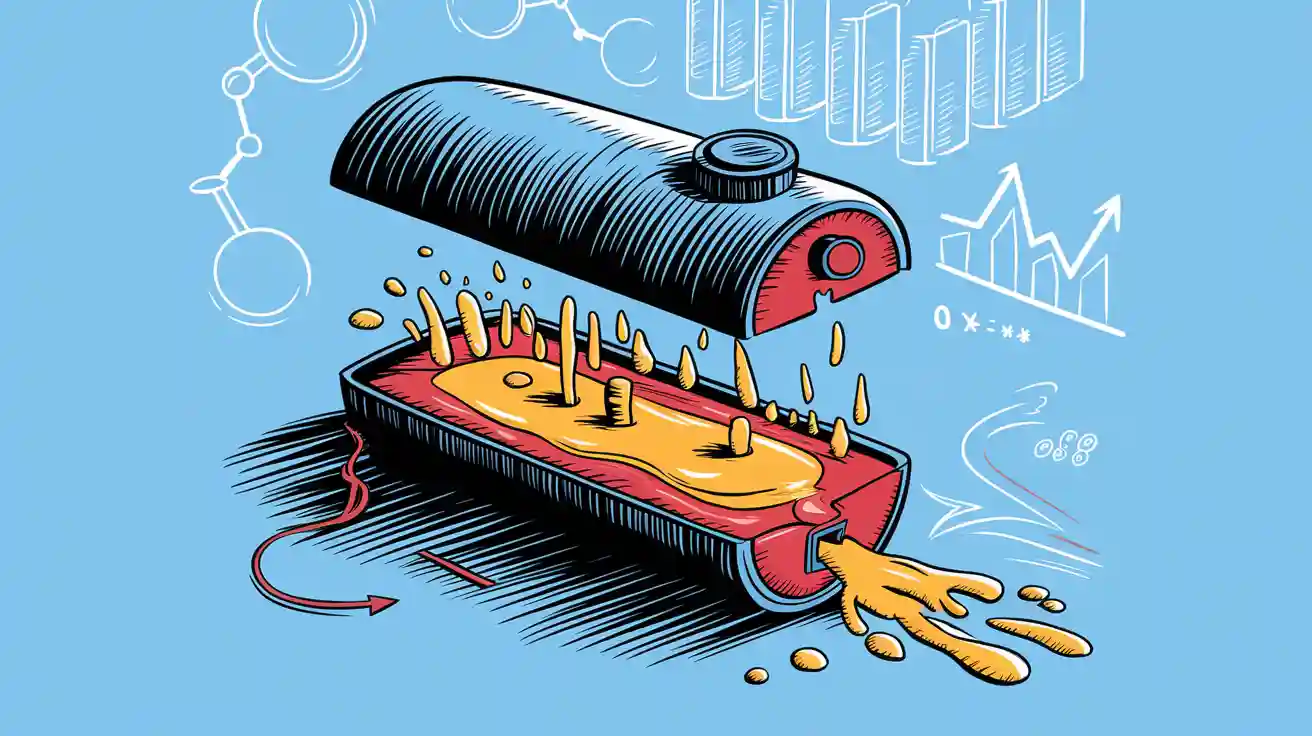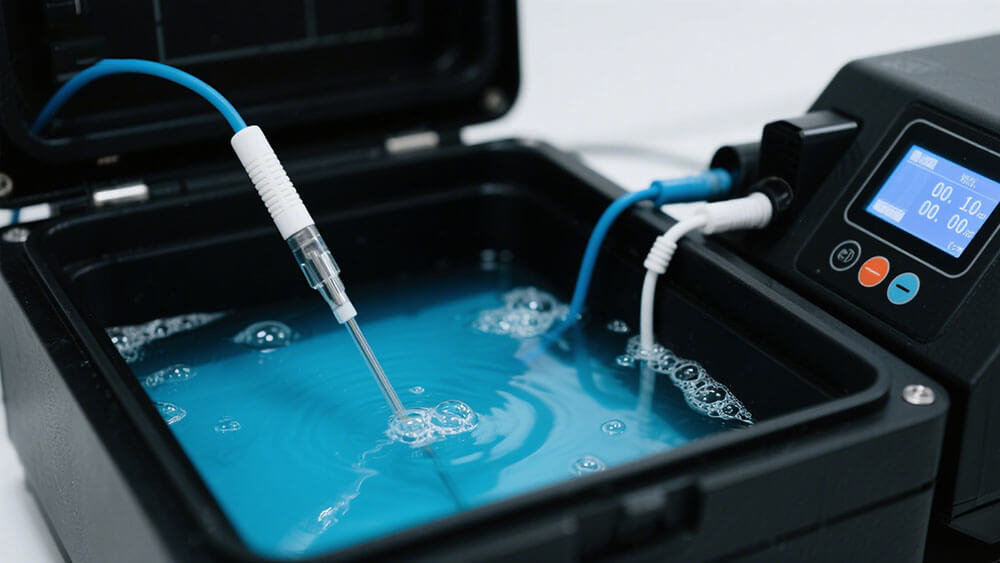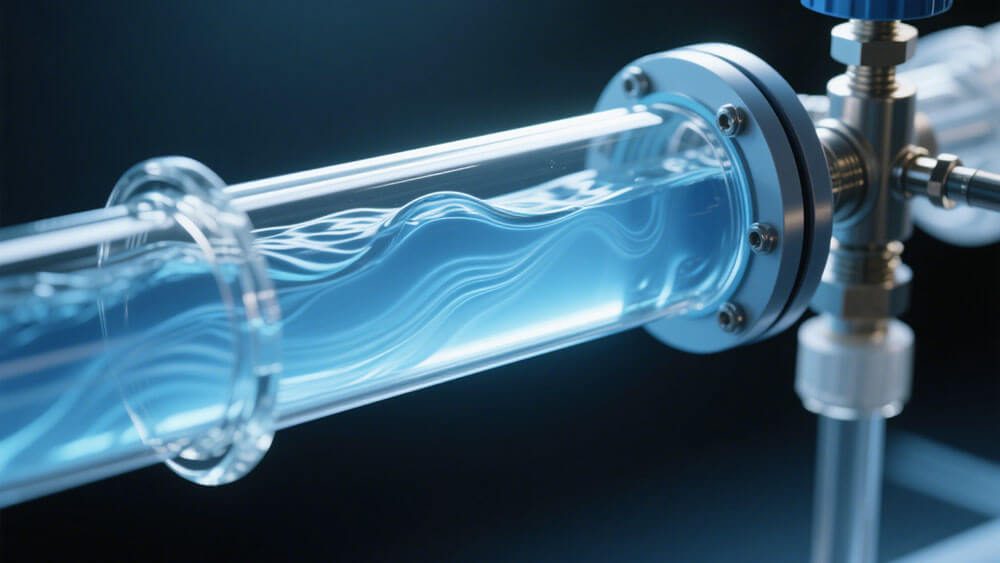
You often face challenges with the loss of electrolyte in lithium battery packs, which directly impacts battery performance and safety. Industry datasets reveal that mechanisms such as SEI growth and lithium plating drive electrolyte loss in lithium-ion batteries. These processes disrupt ion movement, accelerate battery degradation, and speed up aging even under controlled conditions.
Comprehensive battery aging datasets highlight how ion transport and degradation mechanisms vary across battery types and operating environments.
Empirical studies confirm that battery performance depends on managing electrolyte loss and understanding the root cause of degradation.
Key Takeaways
Electrolyte loss in lithium batteries mainly happens due to SEI formation, electrolyte decomposition, and lithium plating, which reduce battery capacity and speed up aging.
Controlling voltage, temperature, and moisture helps prevent electrolyte loss and extends battery life; using a reliable battery management system is essential.
Optimizing battery design and operation, such as creating a uniform SEI layer and managing ion transport, improves performance and safety in demanding applications.
Part 1: Loss of Electrolyte in Lithium Battery

1.1 SEI Formation
You encounter the solid electrolyte interphase (SEI) as a critical factor in the loss of electrolyte in lithium battery packs. When you first charge lithium-ion batteries, the SEI forms on the anode surface. This thin, protective film results from chemical reactions between the electrolyte and the electrode. The SEI consumes both lithium ions and electrolyte components, which leads to irreversible capacity loss and increased impedance. Quantum chemical calculations and density functional theory (DFT) simulations show that SEI formation involves complex reaction pathways and reactive intermediates. These reactions are difficult to observe directly, but computational methods help you understand the energy barriers and free energies involved.
Recent research demonstrates that SEI growth is not constant. During early cycles, you see rapid SEI formation, which causes significant initial capacity fading. As the battery ages, the SEI expands and restructures in three dimensions, consuming more electrolyte and lithium. This process accelerates battery aging and performance degradation. Over time, the SEI becomes denser and more stable, which slows further electrolyte loss. However, if the SEI layer is uneven or fragile, you risk ongoing electrolyte consumption and faster degradation. By optimizing formation parameters—such as pre-charging current, temperature, and humidity—you can create a robust SEI that reduces electrolyte loss and extends battery life.
Tip: A uniform SEI layer not only protects the anode but also improves battery performance and safety. You should always monitor formation conditions to ensure optimal SEI development.
1.2 Electrolyte Decomposition
Electrolyte decomposition is another major mechanism behind the loss of electrolyte in lithium battery packs. When you operate batteries at high voltages, the electrolyte becomes unstable and starts to break down. This process occurs at both the anode and cathode interfaces. At the cathode, the formation of the cathode electrolyte interphase (CEI) results from chemical reactions between the electrolyte and the electrode surface. These reactions consume electrolyte components and generate byproducts that can further degrade the battery.
Peer-reviewed studies highlight several key aspects of electrolyte decomposition:
Mechanism Aspect | Description |
|---|---|
Electrolyte Stability Challenges | Electrolytes degrade at extreme electrode potentials (0.1 V to 4.8 V), causing capacity loss. |
Electrolyte Composition | Most commercial electrolytes use LiPF6 in organic carbonates like ethylene carbonate (EC). |
Degradation Pathways | Hydrolysis and oxidation produce PF5 and POF3, which contribute to capacity fading. |
Passivation Film Formation | SEI and CEI layers form via chemical reactions, consuming electrolyte and affecting aging. |
Analytical Methods | Experimental and computational tools reveal reaction mechanisms and degradation pathways. |
Molecular dynamics simulations and spectroscopy experiments show that the solvation structure of lithium ions in the electrolyte influences decomposition. In weakly solvating ether electrolytes, ion aggregates dominate, leading to preferential decomposition of these aggregates rather than the solvent. This can form a protective, inorganic-rich CEI layer that passivates the cathode and reduces further electrolyte loss. In contrast, more polar electrolytes allow free solvent molecules to oxidize, resulting in continuous decomposition and rapid battery degradation.
You must recognize that electrolyte decomposition not only reduces the amount of available electrolyte but also generates unwanted byproducts. These byproducts can increase cell impedance, hinder ion transport, and accelerate aging. By selecting the right electrolyte composition and operating voltage, you can minimize decomposition and improve battery longevity.
1.3 Lithium Plating
Lithium plating represents a third mechanism that contributes to the loss of electrolyte in lithium battery packs. This process occurs when lithium ions deposit as metallic lithium on the anode surface instead of intercalating into the electrode material. Lithium plating often happens during fast charging, low temperatures, or overcharging conditions. When lithium plates onto the anode, it reacts with the electrolyte, forming additional SEI and consuming more electrolyte in the process.
You should pay close attention to lithium plating because it not only leads to electrolyte loss but also poses safety risks. Plated lithium can form dendrites, which may pierce the separator and cause internal short circuits. This risk is especially critical in large battery packs used in medical, robotics, security, infrastructure, consumer electronics, and industrial applications. If you manage battery packs for these sectors, you must implement strict charging protocols and temperature controls to prevent lithium plating and ensure safe operation.
Note: Extensive experimental data on ionic conductivity for various lithium salts and solvents show that ion transport efficiency directly affects the likelihood of lithium plating. Poor ion mobility increases the risk of plating, especially under high current or low temperature conditions.
Mechanisms and Their Impact on Battery Aging
The loss of electrolyte in lithium battery packs results from the combined effects of SEI formation, electrolyte decomposition, and lithium plating. Each mechanism consumes electrolyte and lithium ions, leading to capacity fading and performance degradation. As the battery ages, you observe increased impedance and reduced ion transport efficiency. These changes limit the battery’s ability to deliver power and shorten its service life.
You can use advanced analytical methods, such as atomistic modeling and chemical reaction network analysis, to study these mechanisms in detail. By understanding the interplay between SEI growth, electrolyte decomposition, and lithium plating, you can design better battery packs and optimize operational protocols. This approach helps you reduce electrolyte loss, extend battery lifespan, and maintain high performance in demanding applications.
If you want to explore sustainable battery solutions or need custom battery pack consulting, you can visit our sustainability approach or request OEM/ODM services.
Part 2: Factors Affecting Electrolyte Loss

2.1 High Voltage and Overcharge
When you operate lithium-ion batteries above their recommended voltage range, you accelerate the loss of electrolyte in lithium battery packs. Overcharging triggers a series of destructive reactions at both the anode and cathode. As you push the state of charge (SOC) beyond safe limits, the positive electrode undergoes structural changes, which increases impedance and generates excessive Joule heat. Oxygen release from electrolyte oxidation and lithium plating on the anode further raise the internal temperature, sometimes by as much as 140 °C above the surface temperature before failure. This heat can trigger thermal runaway, a dangerous chain reaction that can lead to battery rupture.
You will notice several warning signs as overcharge progresses:
Rapid battery volume increase from 110% to 140% SOC due to electrode expansion and decomposition of SEI layers and electrolytes.
Cathode and anode materials become powdery, indicating severe material loss.
Lithium dendrite formation on the anode, which reacts with the electrolyte and causes destructive side reactions.
Thickening of the SEI film, which increases ohmic impedance and reduces ion mobility.
Electrolyte breakdown and instability at the cathode/electrolyte interface, especially above 4.6 V.
These effects not only accelerate electrolyte loss but also degrade battery performance and safety. Higher capacity batteries, such as those used in industrial or infrastructure applications, show worse polarization and heat generation, leading to uneven lithium and heat distribution. This results in faster aging and a greater need for electrolyte replenishment strategies.
Tip: Always use a reliable battery management system (BMS) to monitor voltage and prevent overcharge. For more on BMS operation, see Battery Management System Operation & Components.
2.2 Temperature Effects
Temperature plays a critical role in the rate of electrolyte degradation in lithium-ion batteries. Even a small thermal gradient of just 3 °C within a cell can accelerate battery degradation by up to 300%. This positive feedback loop means that temperature uniformity is essential for controlling both electrolyte and overall battery aging rates. When you operate batteries above 60–70 °C, the decomposition of LiPF6 salt initiates, producing PF5, which catalyzes further breakdown of organic solvent molecules. This chain reaction reduces the diffusion coefficients of lithium ions and anions, directly impairing ion transport within the electrolyte.
At low temperatures, you also face challenges. Cycling at low temperatures causes cathode particle cracking and lithium deposition, which accelerate aging and capacity fade. Both high and low temperature extremes disrupt the delicate balance required for optimal battery performance and increase the risk of electrolyte loss.
Temperature Range | Main Effects on Battery | Impact on Electrolyte Loss |
|---|---|---|
Below 0 °C | Lithium plating, cathode cracking, capacity fade | Increased SEI growth, irreversible aging |
20–40 °C | Optimal performance | Stable electrolyte, minimal loss |
60–70 °C+ | Salt decomposition, ion clustering, reduced diffusion | Rapid electrolyte degradation, increased impedance |
Note: Effective thermal management and uniform temperature distribution are essential for extending battery life and minimizing the need for electrolyte replenishment.
2.3 Moisture and Contamination
Moisture and contamination represent hidden threats to lithium-ion batteries. Even trace amounts of water can trigger significant electrolyte loss and accelerate aging. You can measure water content in electrodes and separators using Karl-Fischer titration. For example, anode water content can range from 2422 ppm (wet) to 214 ppm (highly dried), which directly affects the formation of LiOH in the SEI layer. High moisture levels lead to the formation of compounds such as LiOH, Li2CO3, and hydrofluoric acid (HF), all of which degrade the SEI and consume electrolyte.
Water content in separators and cathodes also varies with drying procedures, impacting overall battery stability.
Kinetic studies show that even 1000 ppm water contamination leads to complex hydrolysis reactions, producing H2O, HF, and HPO2F2.
Sorption isotherms and BET adsorption models help you quantify moisture equilibrium in battery components at different humidity and temperature levels.
Chemical analysis reveals that moisture presence binds lithium, reducing available capacity and increasing the need for electrolyte replenishment.
You must control environmental conditions during battery assembly and storage to minimize contamination. The choice of cathode composition, such as nickel content, also influences moisture sensitivity and the risk of carbonate formation.
Alert: Always ensure strict humidity control in manufacturing and storage environments to protect battery performance and safety.
2.4 Ion Transport Efficiency
Ion transport efficiency is a key factor in the long-term stability and performance of lithium-ion batteries. As electrolyte degrades, you see a direct reduction in lithium content within the electrodes, which correlates with capacity fading and slower ion transport kinetics. Studies using ICP-OES and advanced electrochemical analyses show that as electrolyte volume decreases, the lithiation degree drops, and SEI formation increases. This process impairs ion mobility and accelerates battery aging.
Aging tests and parameter identification techniques reveal that both electrolyte conductivity and lithium diffusivity in the positive electrode decrease over time. This leads to heterogeneous operation, increased internal resistance, and reduced ion transport efficiency. The result is a measurable decline in battery performance, especially in demanding applications like medical, robotics, security, infrastructure, consumer electronics, and industrial sectors.
Parameter | Effect of Electrolyte Degradation | Impact on Battery Performance |
|---|---|---|
Lithium content in electrodes | Decreases, reducing lithiation degree | Lower capacity, faster aging |
Electrolyte conductivity | Drops, impeding ion movement | Higher impedance, poor performance |
Lithium diffusivity | Declines, causing uneven operation | Reduced power output, shorter lifespan |
You can improve ion transport and reduce electrolyte loss by selecting high-quality electrolyte additives, optimizing SEI properties, and maintaining strict operational controls. These strategies help you extend battery life and minimize the need for costly electrolyte replenishment.
For custom battery pack solutions and consulting, visit our services.
You see electrolyte loss in lithium-ion batteries mainly from electrolyte decomposition, SEI and CEI film growth, and ion transfer issues. These factors drive battery aging and reduce performance. To extend lifespan, control voltage, temperature, and moisture.
Regular monitoring helps you prevent severe capacity fading and maintain safe operation.
FAQ
1. What is the main cause of electrolyte loss in lithium battery packs?
You mainly see electrolyte loss from SEI formation, electrolyte decomposition, and lithium plating. These processes accelerate battery aging and reduce pack performance.
2. How can you minimize electrolyte loss in large battery packs?
You should control voltage, temperature, and moisture. Use a reliable BMS. For custom solutions, consult Large Power.
3. Why does electrolyte loss matter for industrial and medical battery applications?
Electrolyte loss reduces cycle life and reliability. In medical and industrial sectors, you need stable batteries for safety and consistent power delivery.




